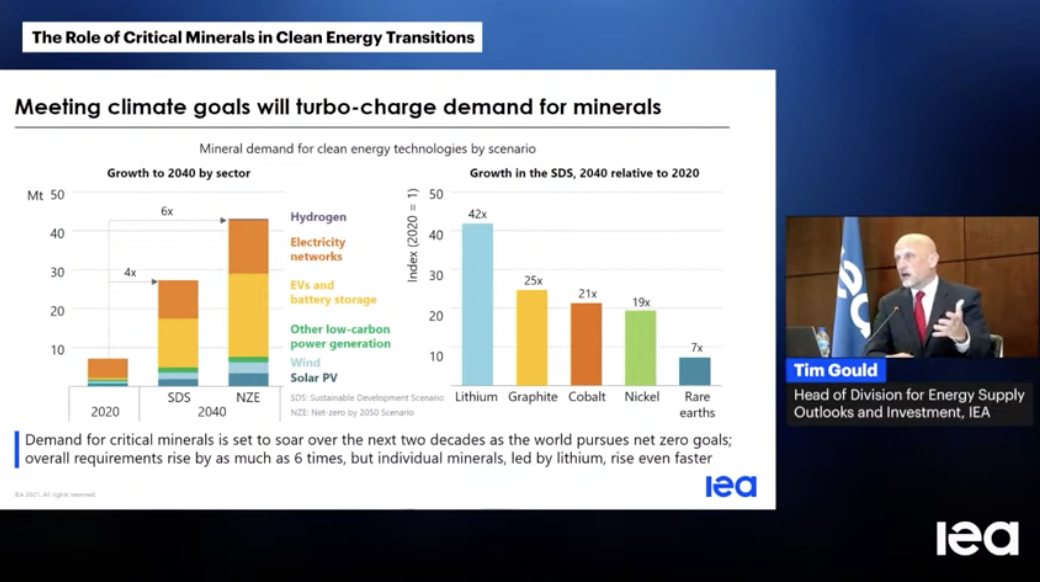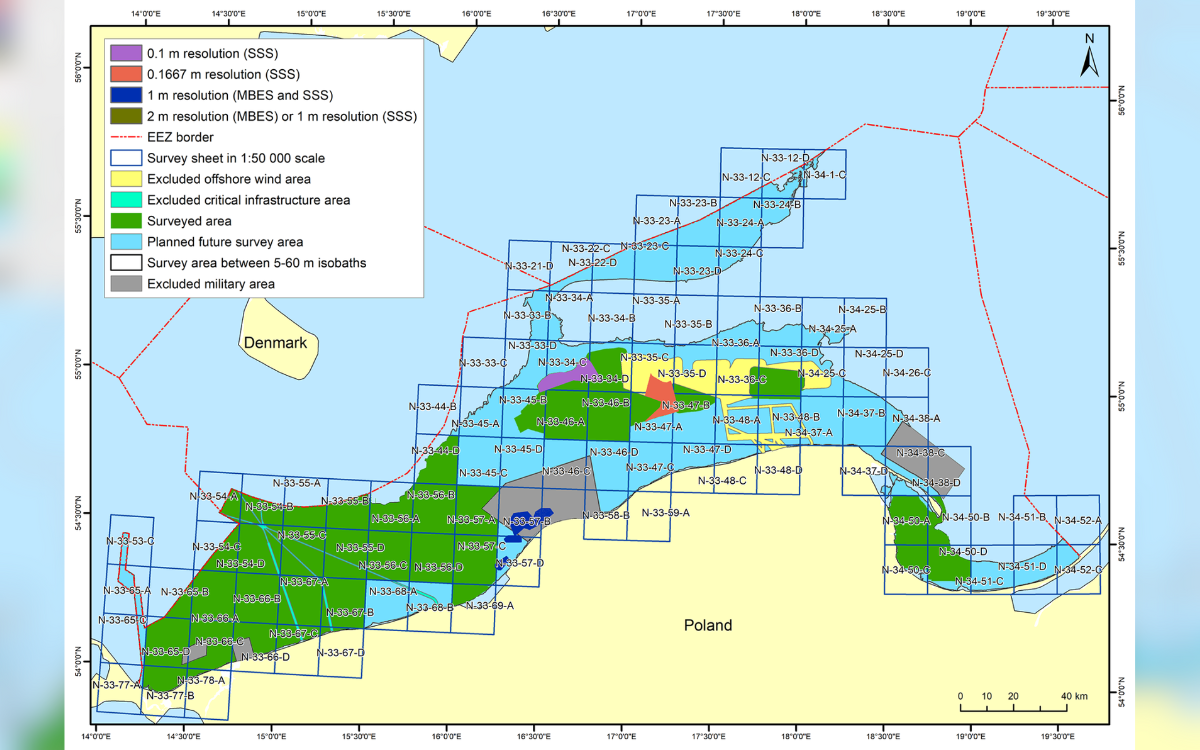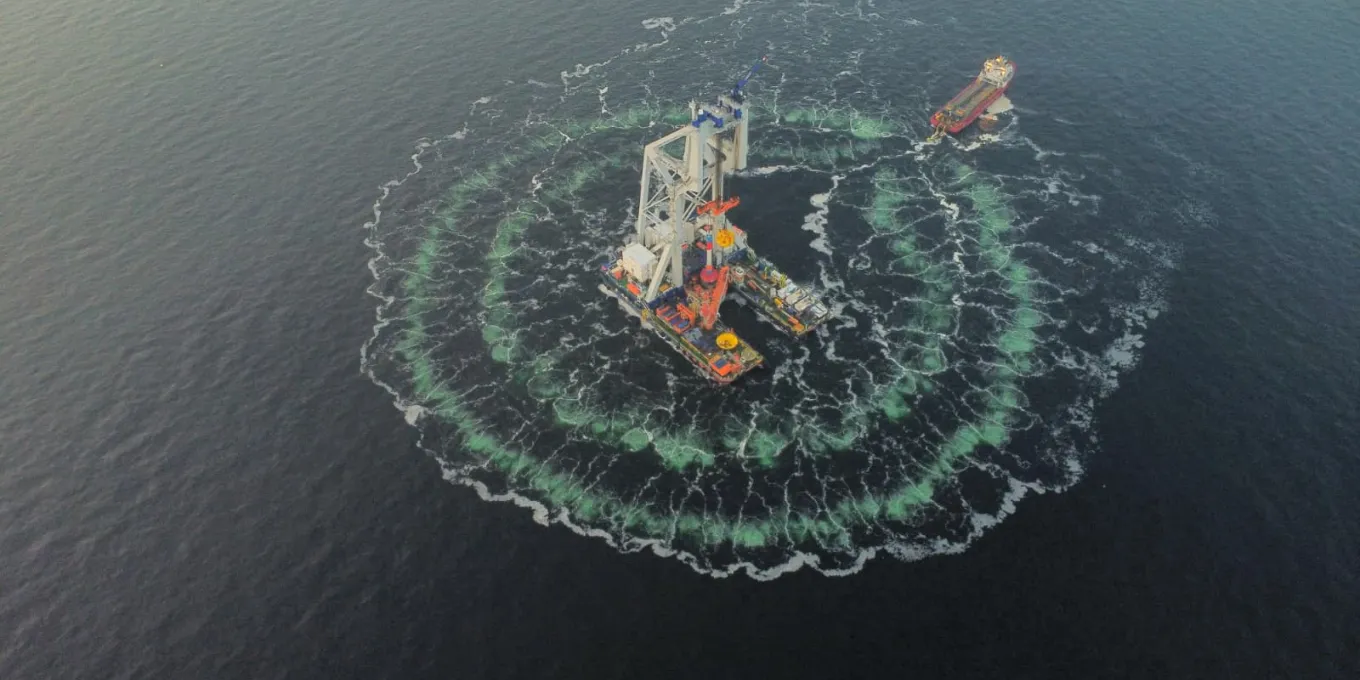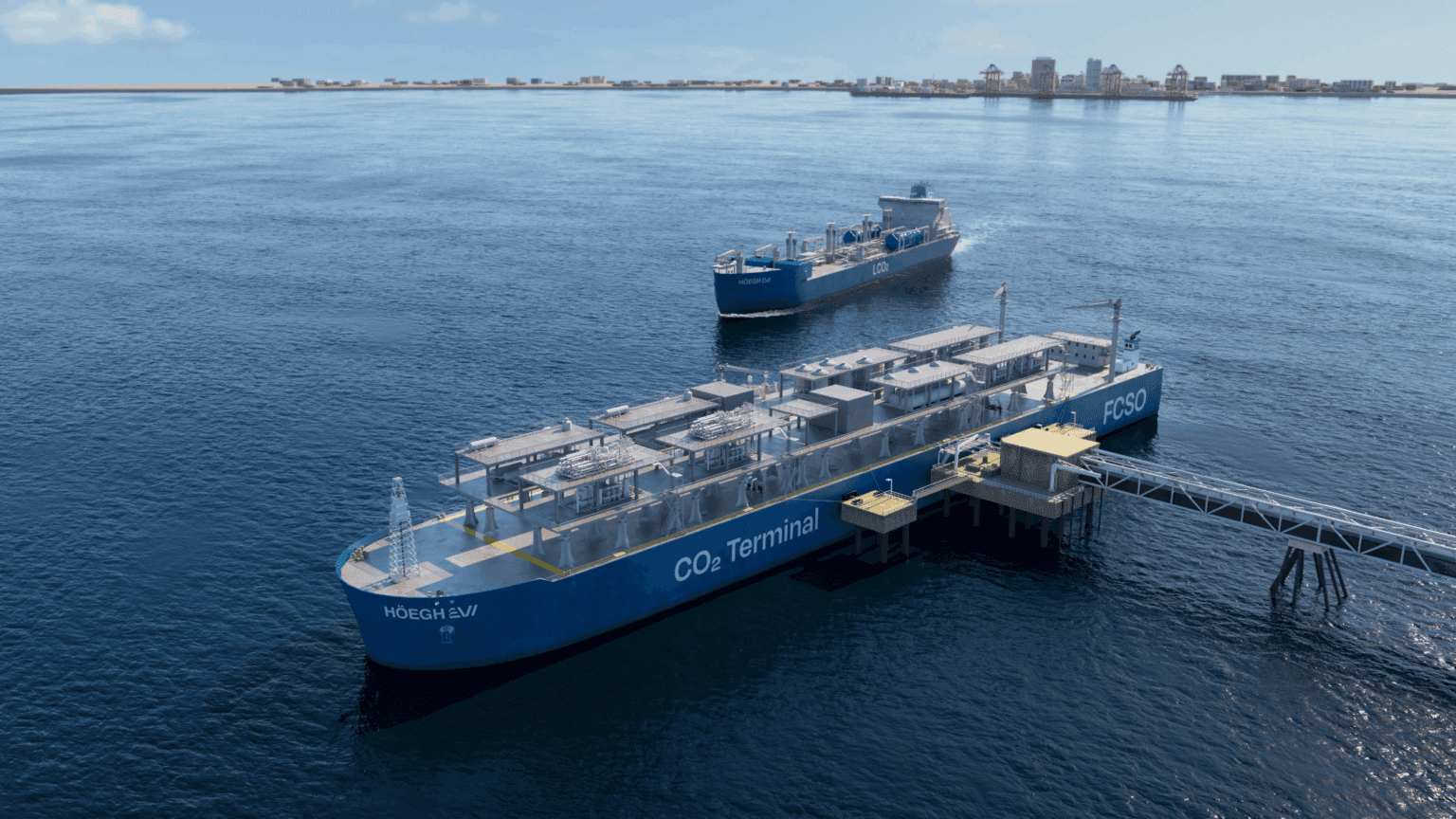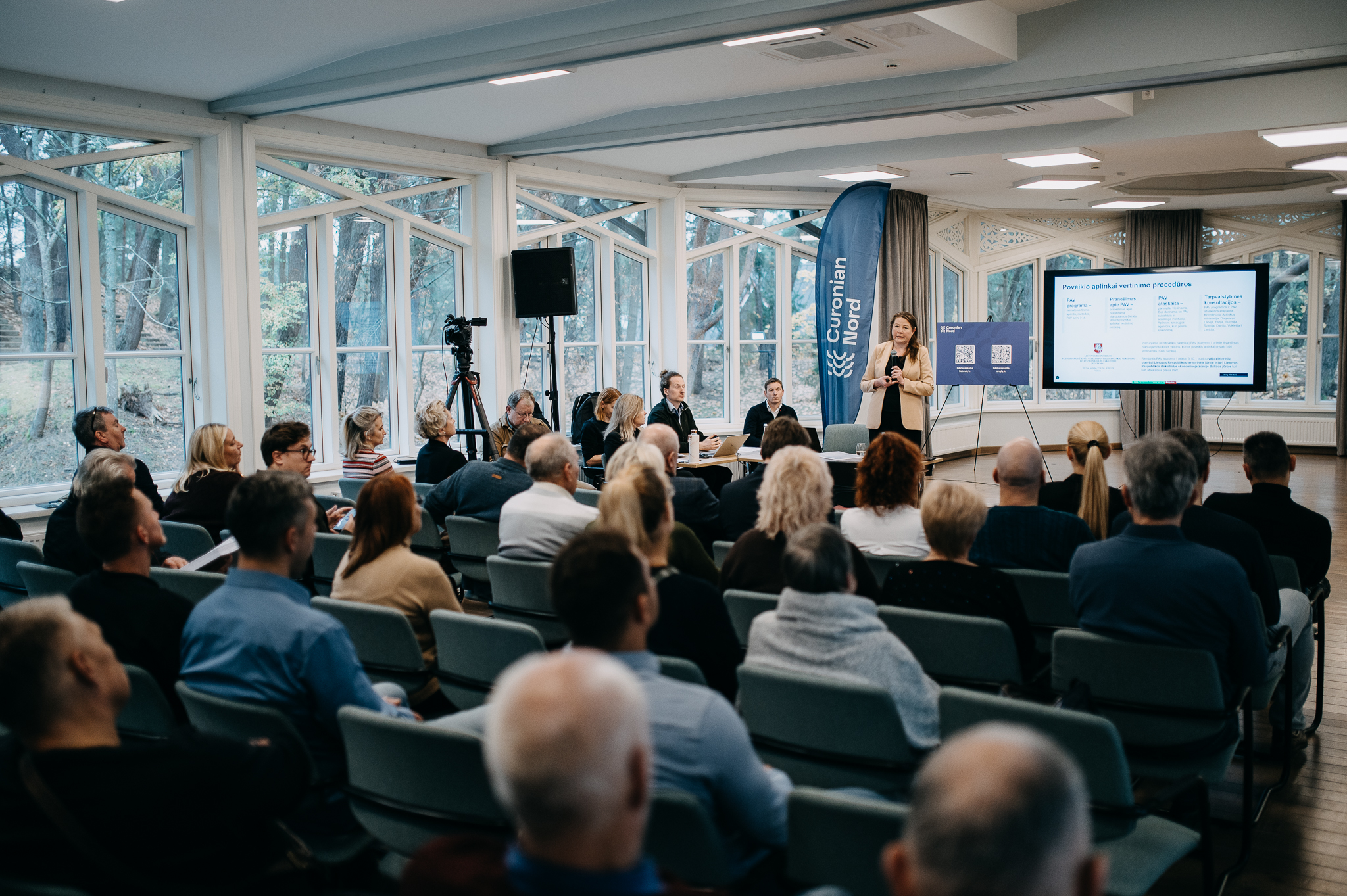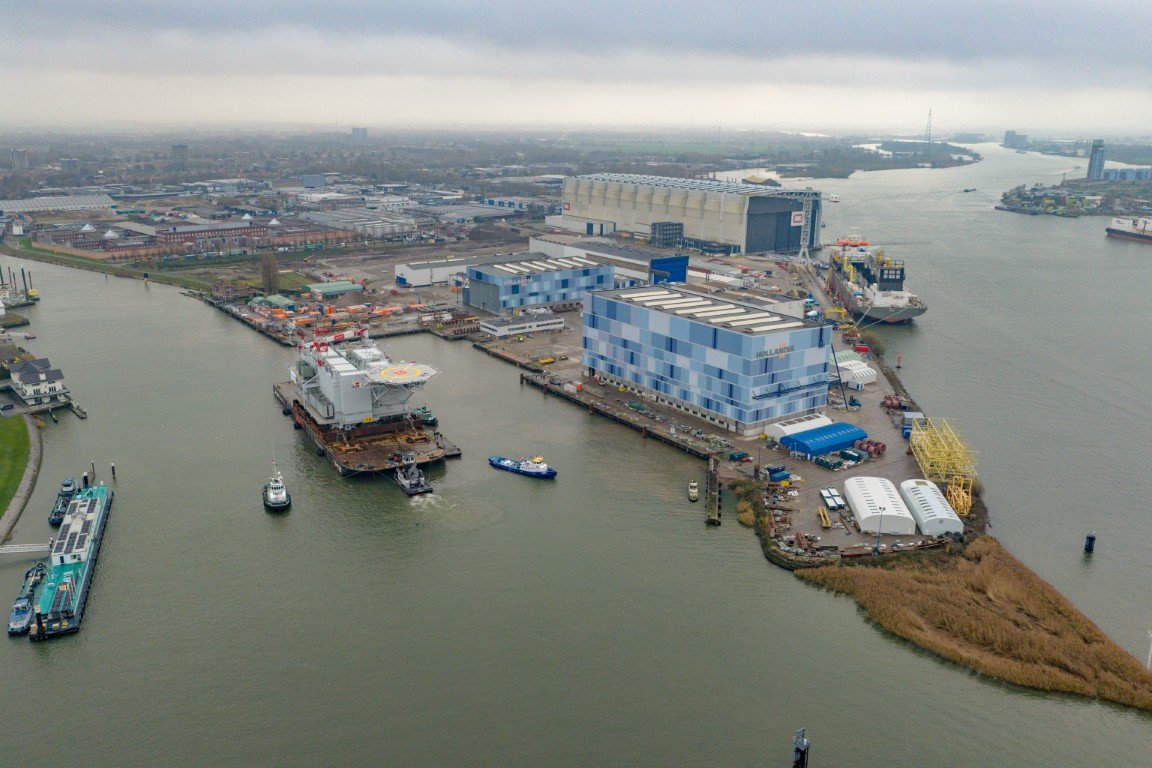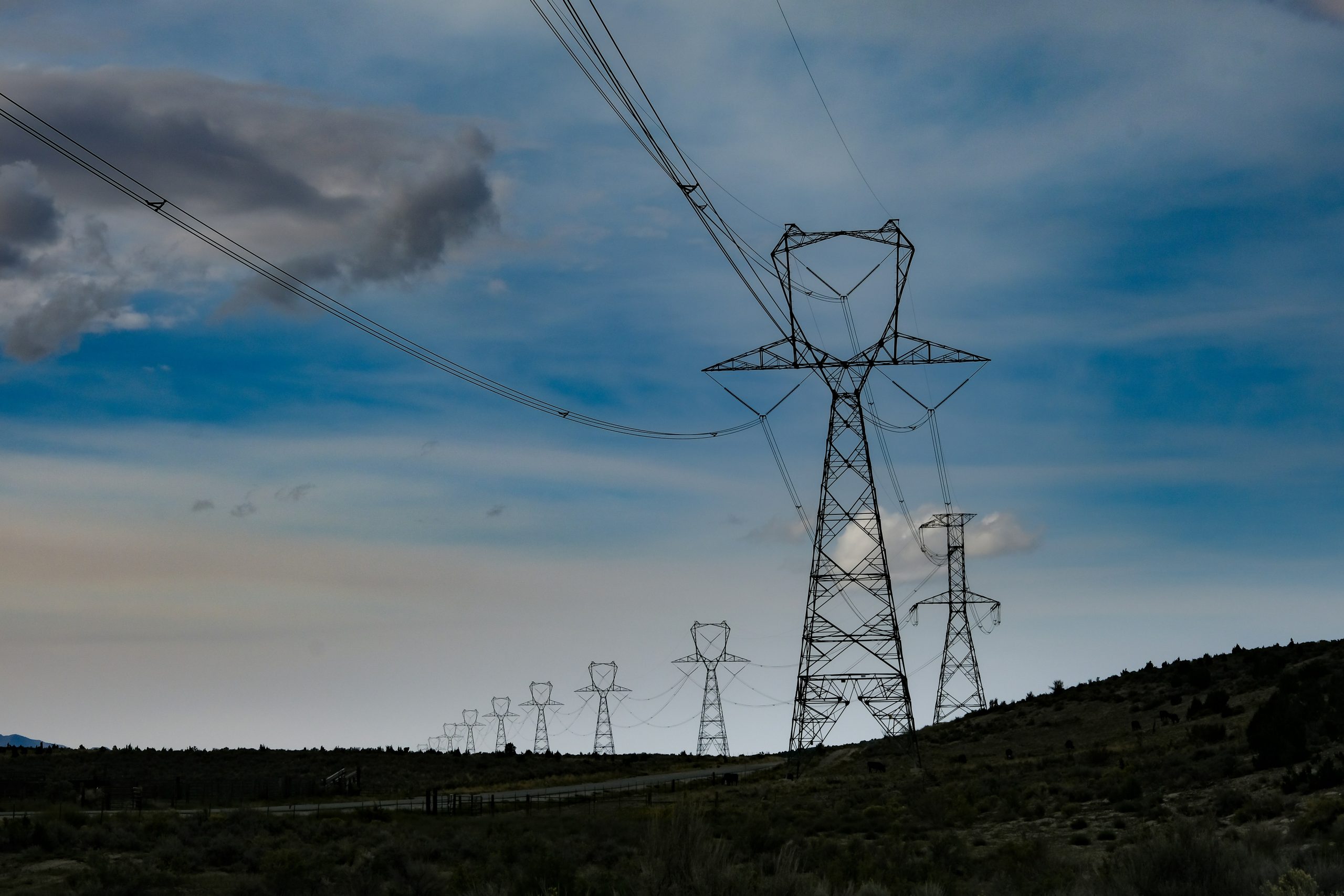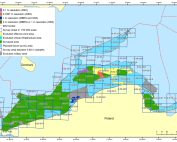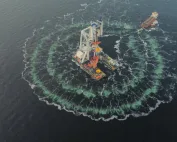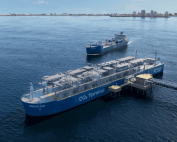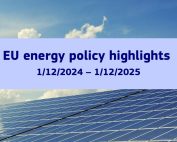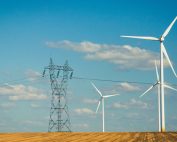The development of offshore wind energy, like other renewable energy sources, is associated with many challenges. Among them are resources and access to them. According to the report of the International Energy Agency, there is a discrepancy between climate ambitions and the availability of critical raw materials.
Set targets for renewable energy on a global scale are associated with a sharp increase in demand for raw materials. Dr Fatih Birol, IEA’s Executive Director, points out that neglecting this issue could slow down the development of technology and increase the cost of global progress towards zero-emission energy, and thus hamper international efforts to combat climate change. Since 2010, the average amount of raw materials necessary to build a new generation unit has increased by 50 percent along with the development of renewable energy.
The types of raw materials used differ depending on the technology. Lithium, nickel, cobalt, manganese, and graphite are critical to batteries and their performance. Rare earth metals are essential for permanent magnets which are essential in wind turbines and electric motors. Electricity grids require enormous amounts of copper and aluminium, with copper being the basis of all energy technologies. Bearing in mind the assumptions of the Paris Agreement, in the next two decades the demand for copper will increase by 40 percent, for nickel and cobalt – 60-70 percent, and for lithium – 90 percent.
In the latest report “The Role of Critical Minerals in Clean Energy Transitions”, experts note that in the perspective of the entire wind energy market, the development of offshore energy will significantly accelerate. Cost reduction and the experience gained in Europe in the North Sea are opening up great opportunities in many parts of the world, including the Baltic Sea. The offshore wind energy sector has higher efficiency factors than onshore wind, mainly due to larger turbines. More innovations, such as floating turbines, are on the horizon to help expand new markets and make the most of wind resources. The size of the turbines with an average rated power of 5.5 MW in 2018 increased to 10-14 MW. Even larger turbines, even with
a capacity of 20 MW, are expected in the coming years.
The offshore wind energy sector will struggle with the demand for copper.
The increasing size of the turbines is an important factor in increasing the efficiency factor and reducing material consumption. The increase in coefficients of performance was influenced by the installation of taller towers, larger rotors and lighter propulsion systems. Wind turbines consisting of a tower, nacelle and rotors erected on a foundation require concrete, steel, iron, fibreglass, polymers, aluminium, copper, zinc and rare earth metals. According to the International Energy Agency calculations, per 1 MW, offshore wind energy requires about 15,000 kg of raw materials.
In the offshore wind sector, DD-PMSG (direct-driven permanent magnet synchronous generator) turbines now account for 60 percent of installations worldwide. Projects requiring taller and larger turbines prefer DD-PMSG due to their lighter and more efficient properties as well as lower maintenance costs.
In addition to rare earth metals, the use of copper in offshore wind projects can be more than twice as high as in onshore, with significant consumption of copper in cables, for example. PMSG technologies will account for approximately 95 percent of the offshore wind market in 2040. The demand for copper will reach 600 kilotons per year in 2040. Interestingly, offshore wind energy will account for nearly 40 percent of the copper demand in wind energy, even though it accounts for only 20 percent of the total increase in the wind sector.
Experts emphasize that government action is needed to ensure a reliable, sustainable supply of components necessary for power grids and wind turbines. Governments should also promote technological progress, develop recycling to reduce pressure on basic supplies, maintain high environmental and social standards, and strengthen international cooperation between producers and consumers.
Source: IEA
